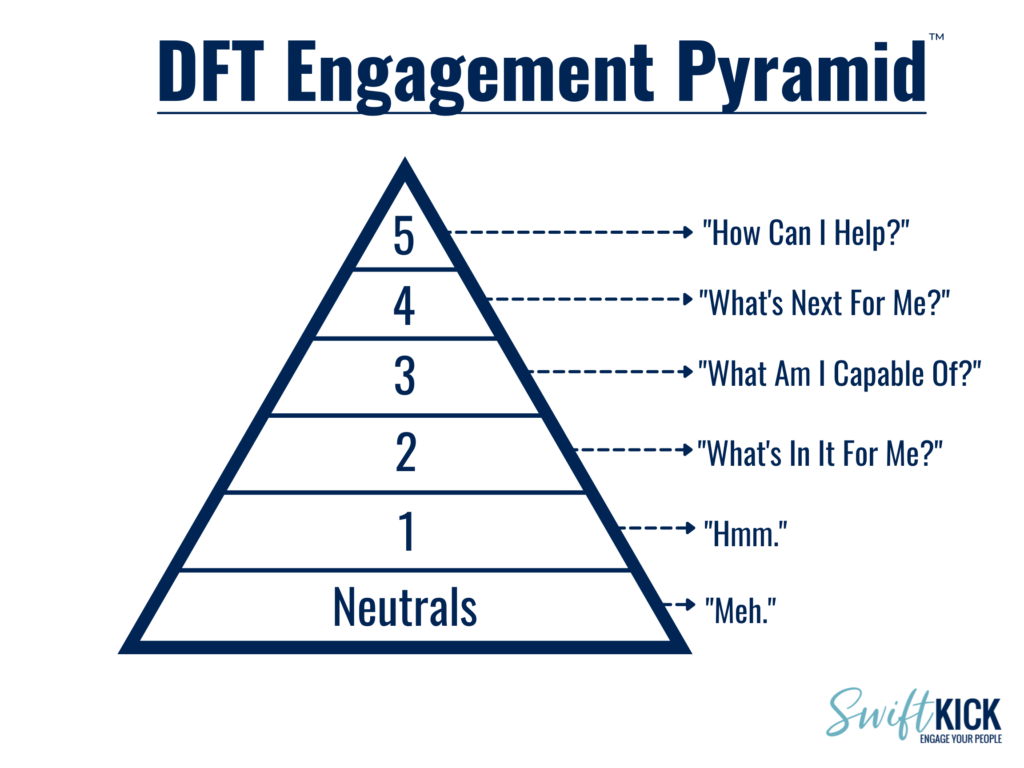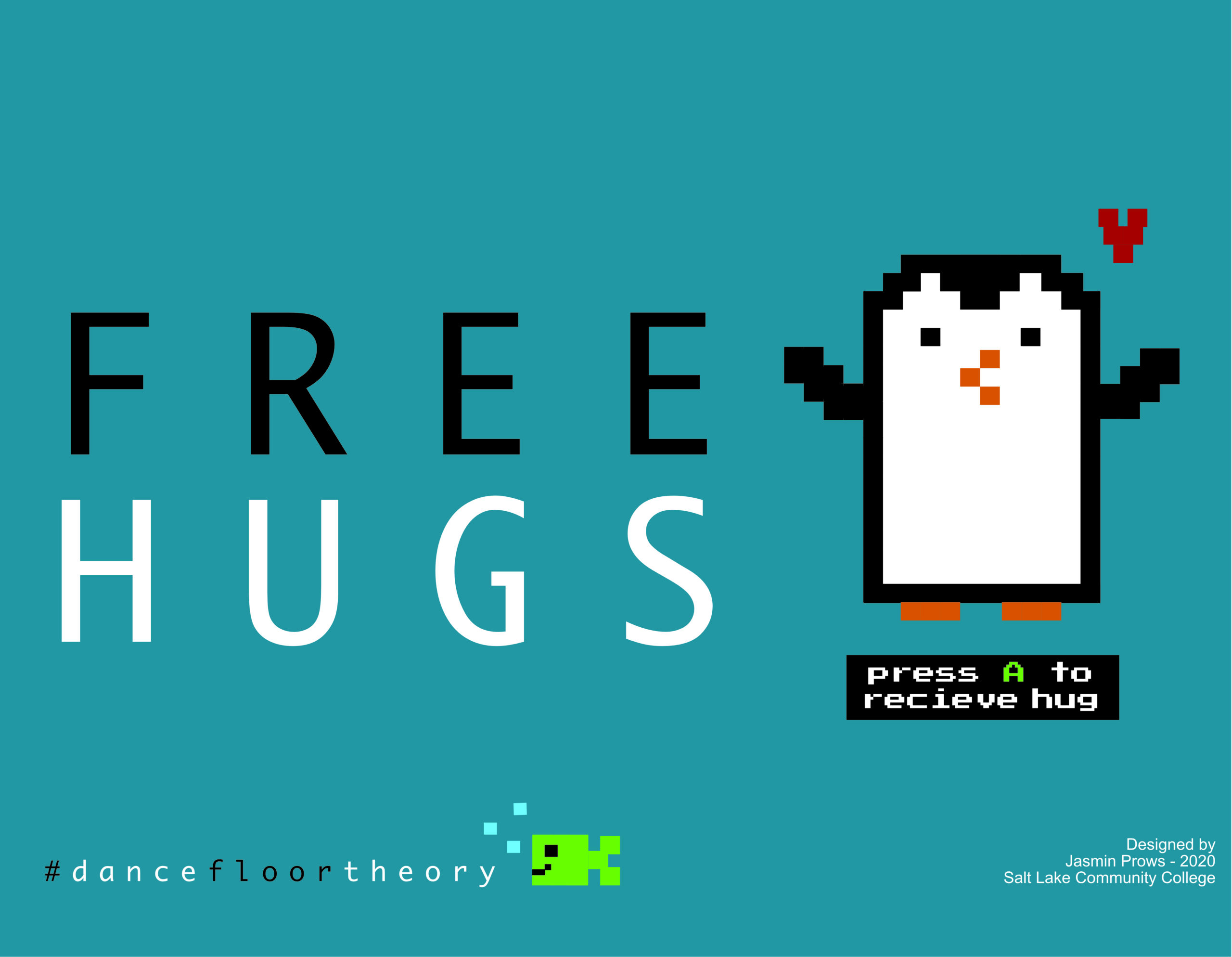Marcus sat in the front row of a nearly empty 500 person auditorium with his head cupped between his hands. He was in disbelief that almost no one showed up after spending countless hours promoting his event.
“How is that possible?!?” He silently screamed to himself.
He remembered standing outside the Student Union building handing out 300 flyers. He remembered sending out mass emails, Facebook messages, and even recorded a few TikTok videos.
All that effort and only seven people showed up, excluding his own executive team that had to be there. Marcus was heartbroken… and a little embarrassed.
Every day we see leaders promoting an upcoming event for their club/organization by handing out flyers, sending emails, and tweeting. While these seem like a lot of activity, the problem with this type of marketing is that it often results in very little value. This type of marketing only works for a very small percentage of members in your organization.
The rest of your community will either never see the flyer, take the flyer and toss it in the recycling, or say they will come, but never do.
The old adage that “one size fits all” for marketing no longer works. It’s outdated because your community has different levels of engagement. The key to increasing engagement in your group and at your events is to understand that your members aren’t all the same and thus want to interact in different ways.

How Do We Engage Each Level?
Neutrals “Meh.”
Neutrals are your largest group… but they are also the toughest to engage. When it comes to Neutrals, these are the people we see staring at their phones, keeping their heads down, and doing their best to get from point A to point B.
During this stage, the goal is to get their attention. This can be with a fun sign, a unique costume, or even music playing. Don’t scare them or force them to do anything; simply create an environment that gets them to look up and be curious about what’s happening. That’s it. The likely next thing that will happen is they will ask you, “what’s this for?” or “what’s going on?” If you hear those phrases, it’s a tell-tale sign that they are ready for the next step of the engagement pyramid.
1s “Hmm.”
Now that you’ve created a pattern interrupt in their day, they are now curious. It’s time to introduce yourself and build a connection with them. Strike up a conversation. Ask them questions and see if you can find a common bond. Once you find your connection, invite them to your event. This then leads to the next step in the engagement pyramid.
2s “What’s in it for me?”
To successfully invite someone at this stage to your event, the key is to give them value. Make sure there is some sort of reward for attending that they will appreciate. There are typically four main types of rewards you can provide:
- Free food
- Free swag/money
- Free credit (e.g., class credit or professional development points)
- Free knowledge (e.g., learn how to score your dream internship)
This group is interested in attending but needs to know it will be worth their time. Give them value, and they will attend. Once they attend your event, they are ready for the next step of the engagement pyramid.
3s “What am I capable of?”
At this engagement level, people want to feel like they belong. They want to have a sense of something bigger than themselves. To accomplish this, as soon as the person walks into your event or meeting, introduce them to others in your organization. Help them build multiple connections with people in your organization, especially if those are people who are higher up on the engagement pyramid. This will allow them to see that there is more value here than just free stuff. At this point, they are ready for the next level of the engagement pyramid.
4s “What’s next for me?”
Now you have them hooked. During this level, what they want is responsibility. So give your potential new member something to do. Something small so they can get a quick win. This could be stacking chairs at the end of a program, hanging up posters, or setting up a food table. The key here is to give them micro responsibilities to feel like they are part of the leadership team and feel good about helping. Once they have several positive experiences of helping out, it’s time to move on to the last step of the engagement pyramid.
5s “How can I help?”
Finally, you’ve brought your new member from “Hmm” to “I WANT TO DO IT ALL!” At this stage, they want ownership. They want to lead. They want to run the show. So let them. Ask them to take on a full-time leadership position, or run their own event. They are no longer members of your organization; they are leaders.
Now, imagine how Marcus’ story would have gone if he followed the DFT Engagement Pyramid:
Marcus is standing at the front door of the main building holding a sign that says, “Want a kiss to start your day?” The person walking towards him looks up from his phone, looking confused. Marcus then hands him a Hershey Kiss, and the person smiles in return (Neutrals).
The confused person asks Marcus, “What’s this for?” Marcus responds, “First, hi! My name is Marcus, and I am a part of the Activities Board; what’s your name?” The person then responds, “Noah.” (1s).
Marcus continues, “Hi Noah! We have an event coming up on Wednesday. In case you are interested, we’re going to have a ton of free food and swag giveaways.” Noah takes a moment to think about it, and with a smile on his face, he takes the flyer and says, “I love free food, so you’ll see me there!” (2s).
While at the event, Marcus notices Noah enter the room and make a beeline for the food table. Marcus casually walks over to him, re-introduces himself, and thanked Noah for coming. Marcus notices that Noah is wearing a Chicago Bulls shirt. Marcus then asks, “Are you from Chicago?” Noah responds with a yes as he grabs a slice of pizza. Marcus excitedly tells him that a few other members are from Chicago, and he’d love to make some introductions. Noah is hesitant but agrees. Marcus takes Noah over to meet Crystal and Jake, also from Chicago. The conversation quickly fires up about various places they both knew in Chicago and who had the best deep dish pizza slice. Marcus walks away, watching the new connections form (3s).
As the event comes to a close, Marcus notices Noah hanging around. He asks Noah about the event and then asks if he could help stack and put away the chairs and tables with the rest of the leadership team. Fast forward to the following three events where Noah attended, made more connections, and was given several little tasks to help out (4s).
At the fourth event, Marcus mentions to Noah that the Activities Board has elections coming up and asks if he would be interested in becoming an officer for the organization. Of course, Noah is excited about this and applies to be the New Member Recruiter.
To conclude our story of Noah, he wins the seat, goes on to be president of the Activities Board the following year, and now spends his time recruiting new members to join with a “Want a kiss to start your day?” sign.
And that is the engagement pyramid at work. The key is to understand that there are different levels of engagement within any community, and each level wants to be interacted with differently. Just like the story of Noah, you too can move your disengaged members to fully participating officers.



